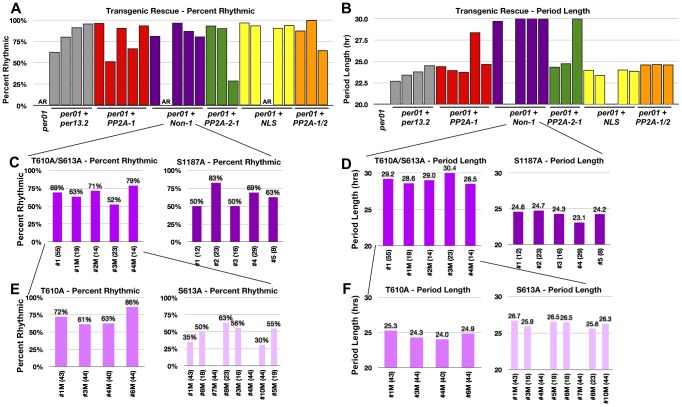Figure 3. Residues T610 and S613 cooperate to control period length.
(A and B). Graphs depicting percent rhythmic (A) and period length (B) of various transgenic lines containing groups of phospho-mutations highlighted in Figure 1. Non-1 transgenic flies, containing only three mutant residues, exhibit a period length to ∼29–30 hours (purple bars in B). The long period phenotype exhibited by one individual line from PP2A-1 and PP2A-2 (panel B, Table 1) are probably not meaningful since rhythmicity of these lines is low and additional transgenic lines of the same construct exhibit normal PER function. While not tested, perhaps PER protein levels in these lines are lower than the others. (C and D) Graphs depicting percent rhythmic (C) and period length (D) of transgenic lines harboring either the T610A/S613A mutations or the single S1187A mutation. The T610A/S613A double mutant transgene retains the long period phenotype (D). (E and F) Graphs depicting percent rhythmic (E) and period length (F) of transgenic lines harboring either the single T610A or single S613A mutation. Note, neither single mutant displays a period length as long as the double mutant suggesting they function cooperatively to maintain wild type period length. In all graphs, period lengths are listed above each bar and values in parentheses indicate the number of flies analyzed. Variation in strength of rescue is attributed to differences in genomic insertion sites; data from all lines are shown. Raw data is summarized in Table 1. Only male flies were analyzed in these experiments.

